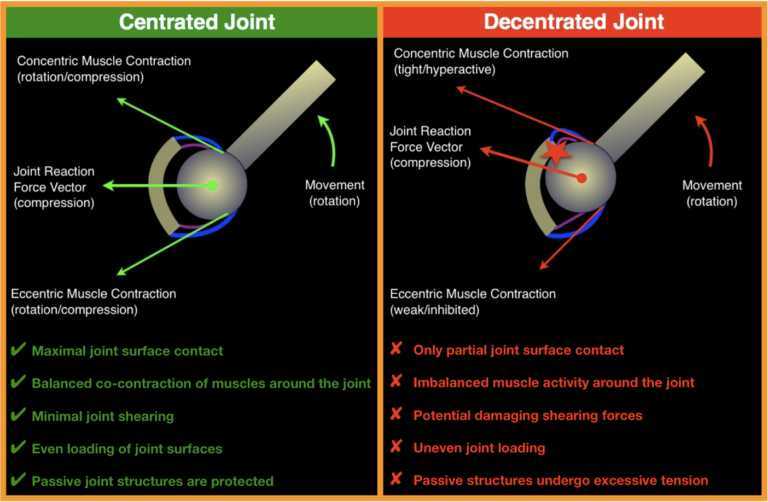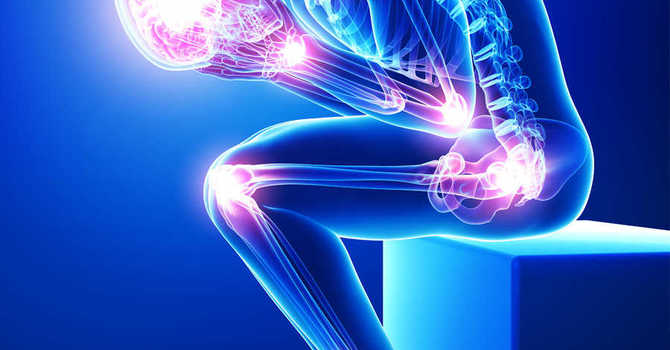
Joint centration is a fundamental concept in biomechanics and physical therapy that plays a crucial role in maintaining optimal movement patterns and overall musculoskeletal health. In this blog post, we'll delve into what joint centration is, why it's important, and how it can be achieved and maintained for better physical function and well-being.
What is Joint Centration?
Joint centration refers to the ideal alignment and positioning of the articular surfaces within a joint. In simpler terms, it's about ensuring that the bones in a joint fit together perfectly, allowing for smooth and efficient movement without unnecessary stress or strain on the surrounding structures.
Why is Joint Centration Important?
-
Optimal Load Distribution: When a joint is properly centrated, the forces acting on it during movement are distributed evenly across the articular surfaces. This helps prevent excessive wear and tear on the joint structures, reducing the risk of injuries such as arthritis or cartilage damage.
-
Improved Movement Efficiency: Centrated joints move more smoothly and efficiently. This not only enhances athletic performance but also reduces energy expenditure during everyday activities, leading to less fatigue and better overall mobility.
-
Pain Reduction: Misalignment or malcentrated joints can lead to pain and discomfort, as the abnormal stresses placed on the tissues can result in inflammation and irritation. By achieving joint centration, individuals can experience relief from chronic pain conditions and improve their quality of life.
How to Achieve and Maintain Joint Centration:
-
Proper Alignment: Correct posture and alignment play a significant role in joint centration. Maintaining a neutral spine, aligning the limbs symmetrically, and avoiding excessive joint angles can help promote optimal joint positioning.
-
Muscle Balance: Muscular imbalances can contribute to joint malcentration. Strengthening and stretching exercises targeted at improving muscle balance around the joint can support centration and reduce the risk of injuries.
-
Movement Patterns: Practicing functional movement patterns that promote joint centration, such as squats, lunges, and overhead reaching, can enhance proprioception and neuromuscular control, leading to better joint alignment during various activities.
-
Manual Therapy: Techniques such as joint mobilization, manipulation, and soft tissue therapy provided by trained professionals can help restore joint centration by addressing specific restrictions or dysfunctions within the joint complex.
-
Mindful Movement: Being mindful of how we move and avoiding repetitive or excessive stresses on the joints can prevent malcentration and promote long-term joint health.
Joint centration is a vital aspect of optimal movement and musculoskeletal function. By understanding its importance and implementing strategies to achieve and maintain proper joint alignment, individuals can enhance their performance, reduce the risk of injuries, and enjoy improved overall well-being. Whether you're an athlete striving for peak performance or someone looking to move pain-free, prioritizing joint centration can make a significant difference in your physical health and quality of life.

Andrew Maloy
Contact Me



